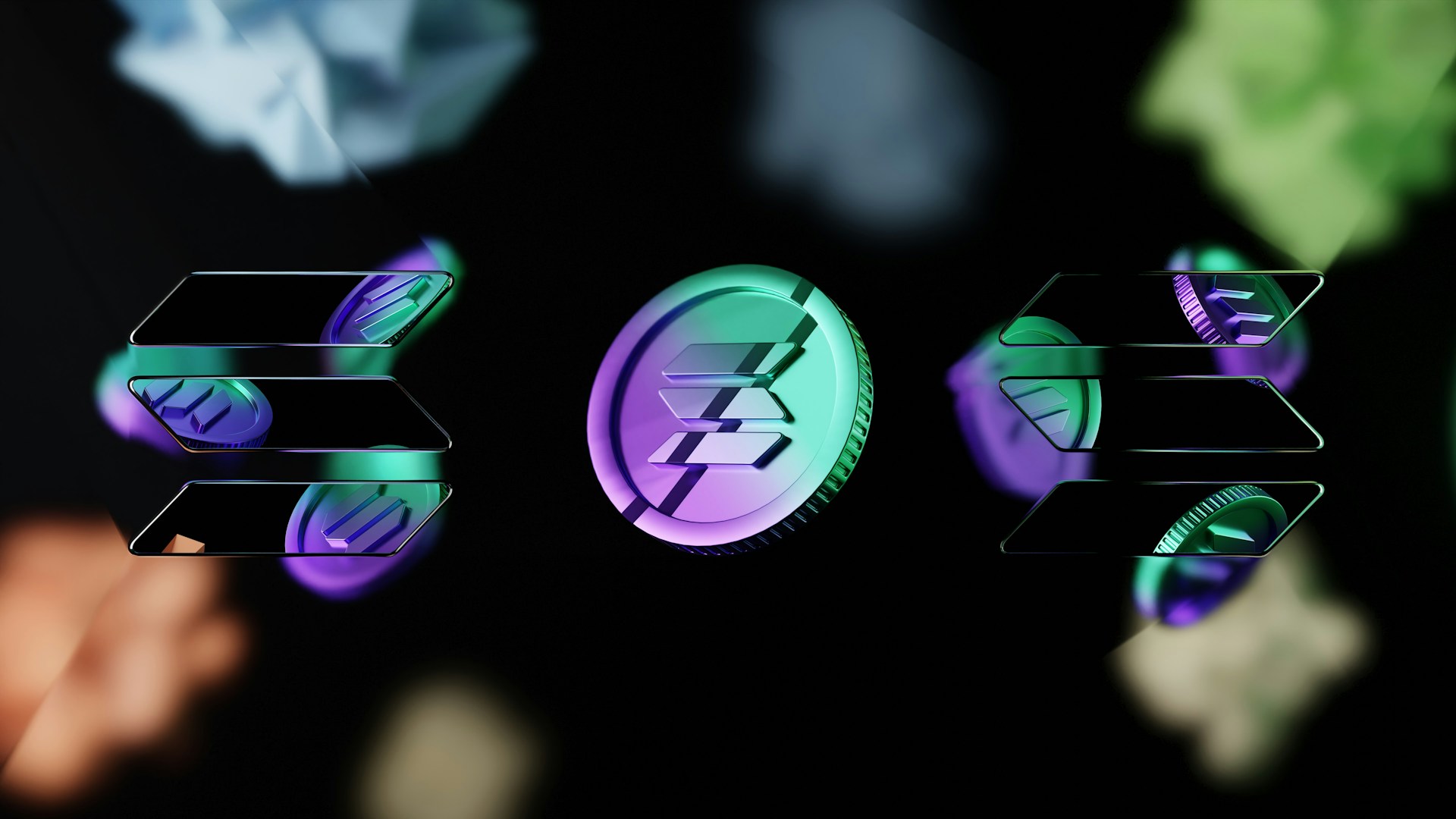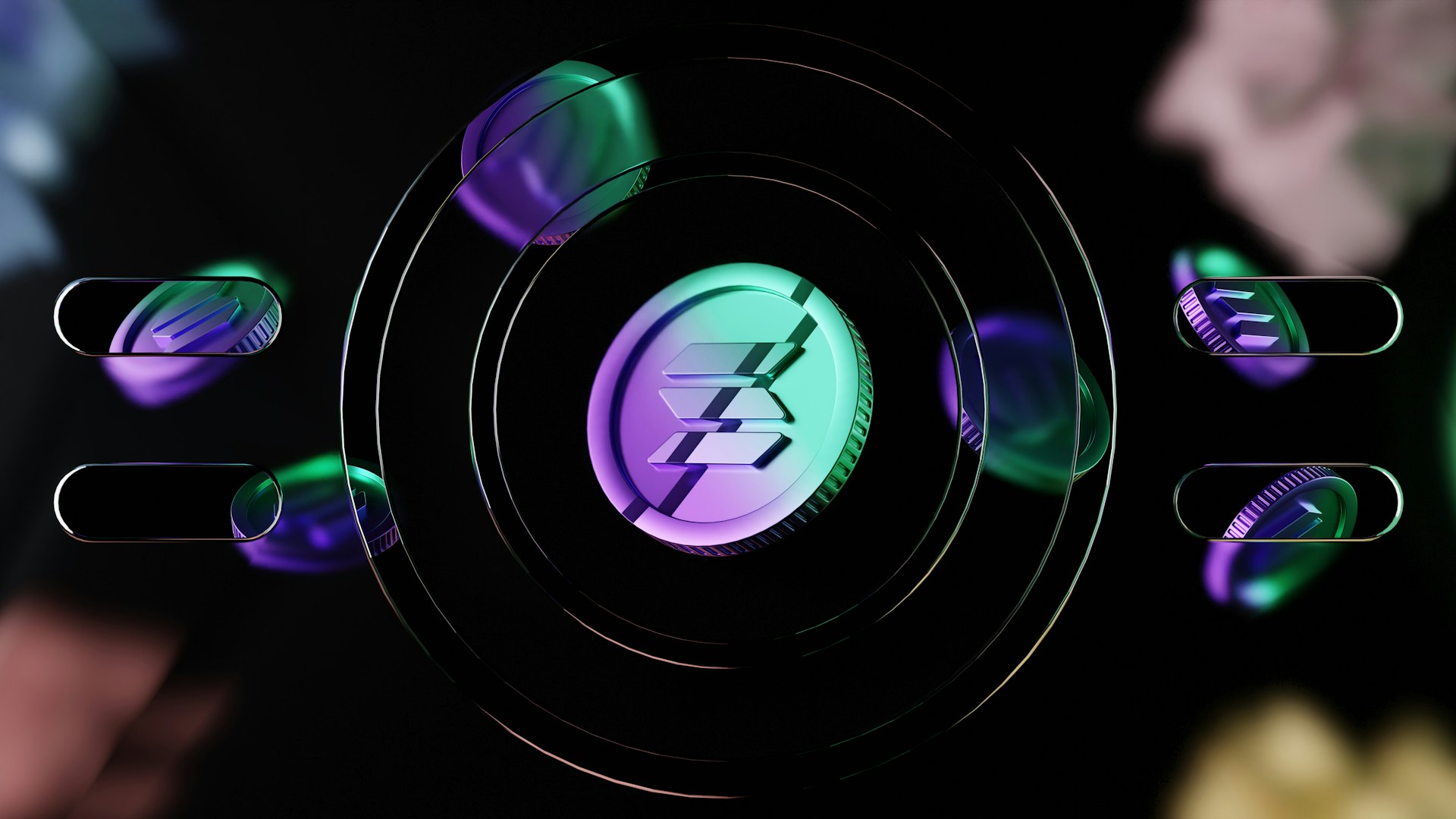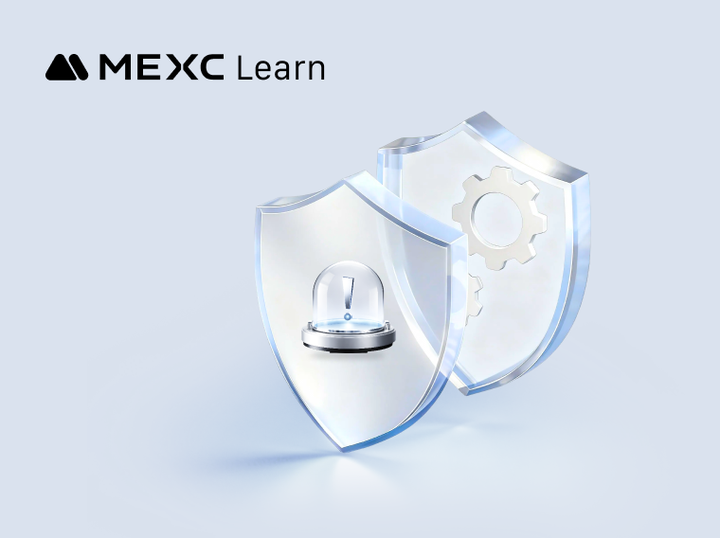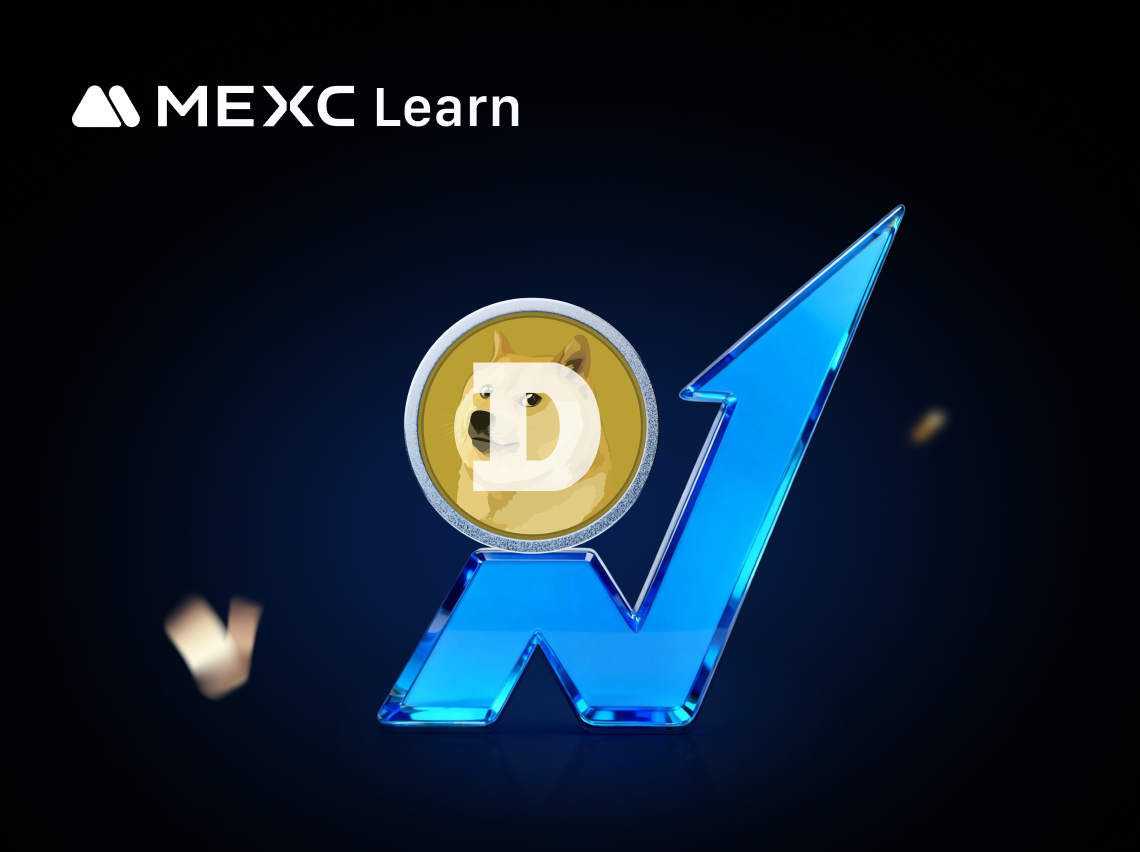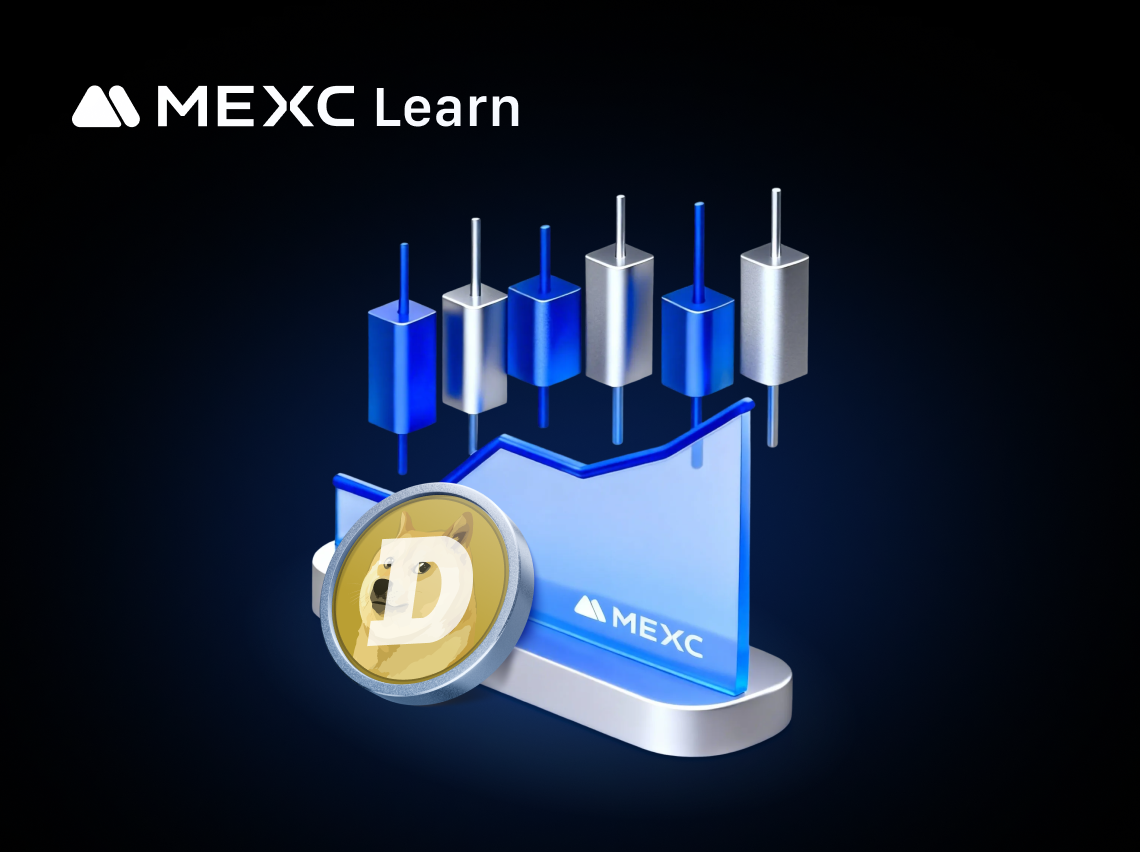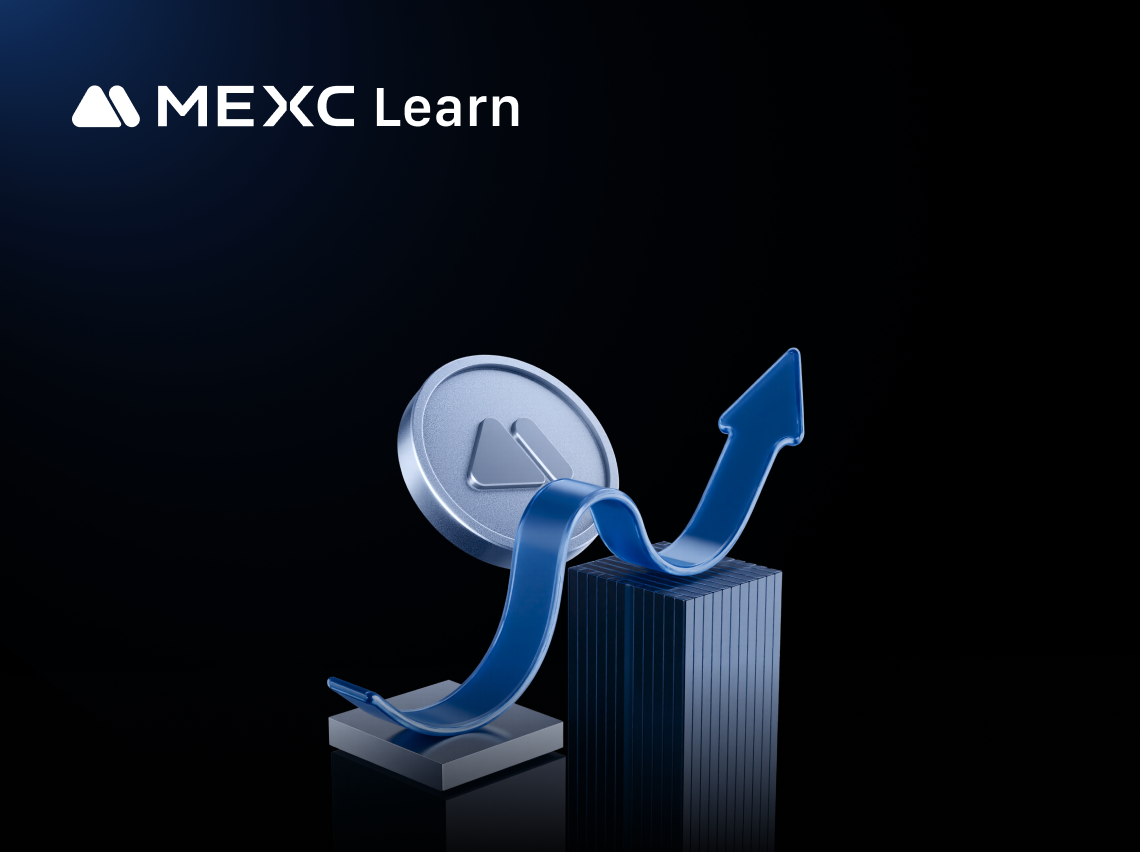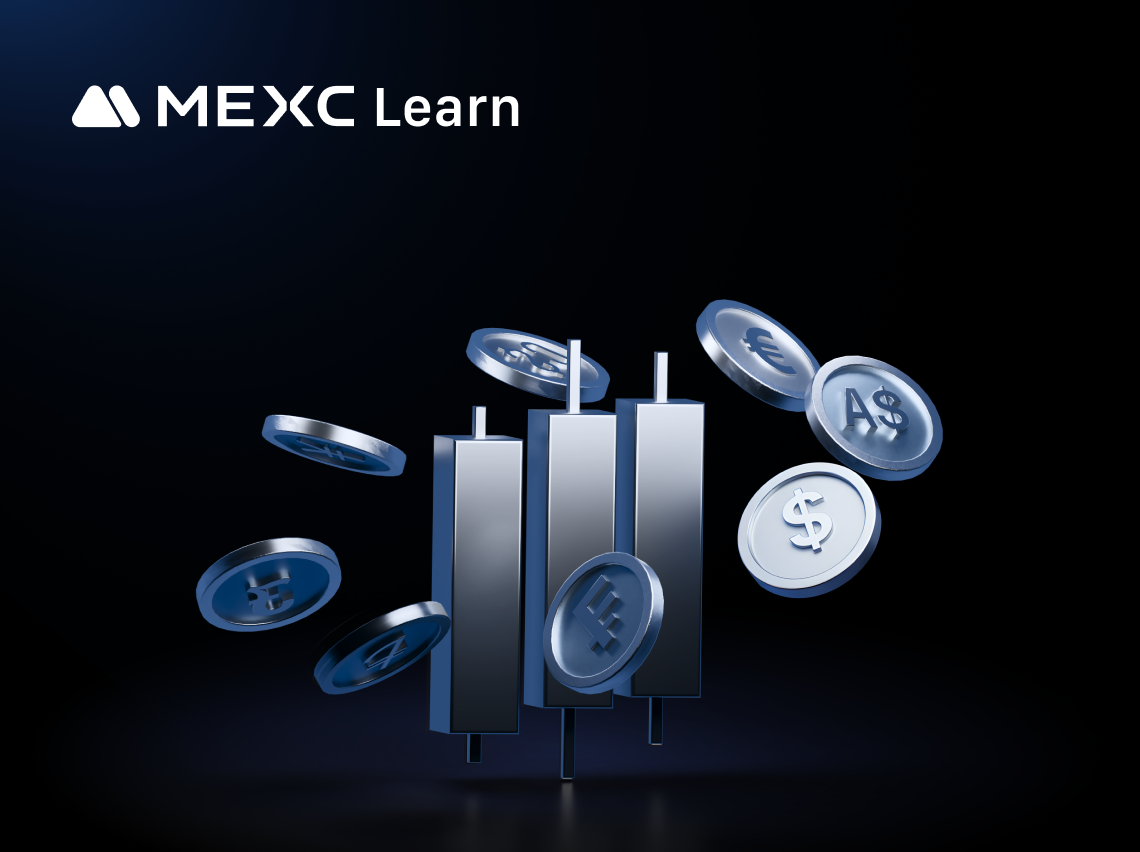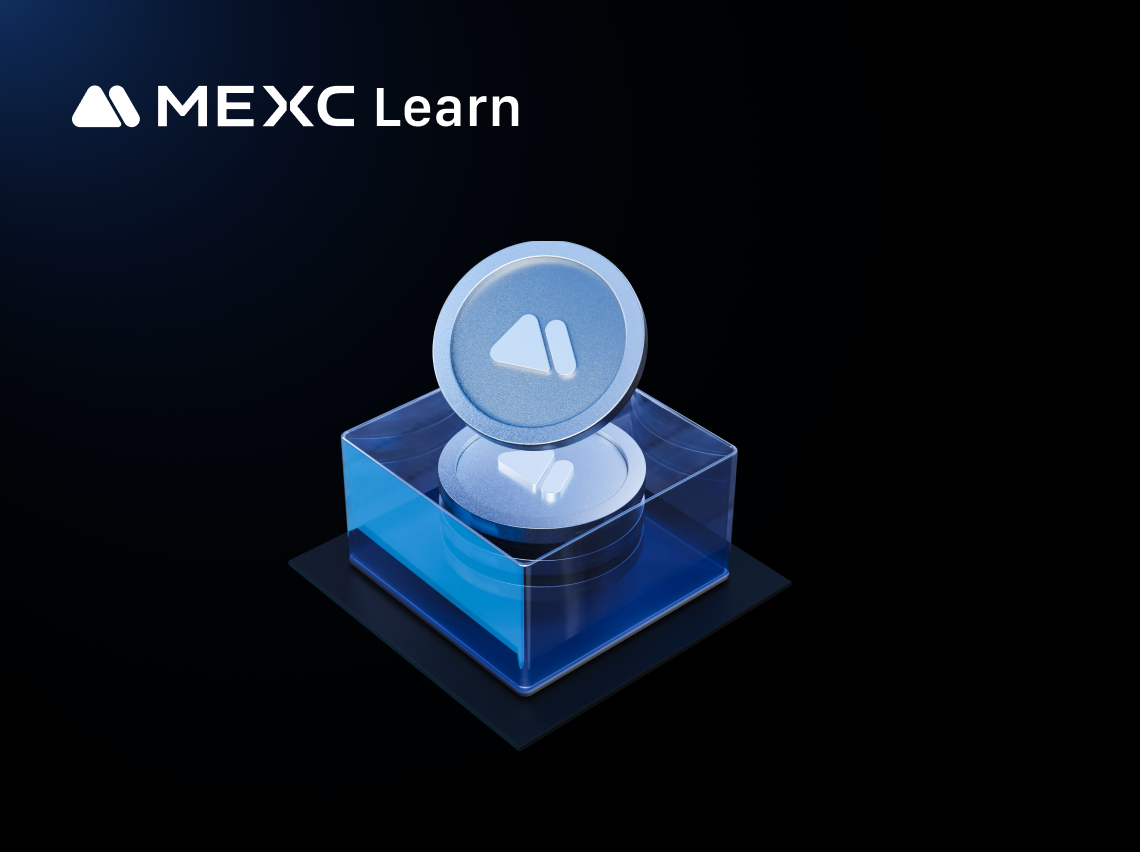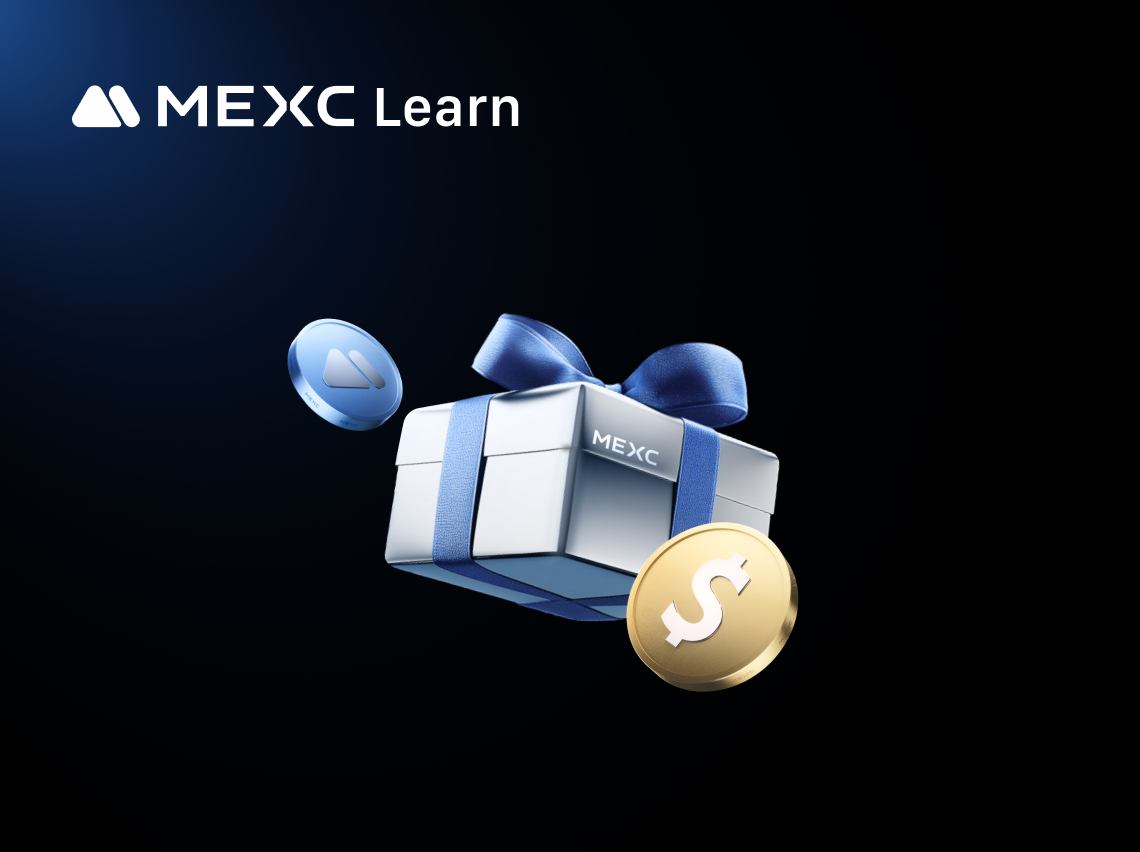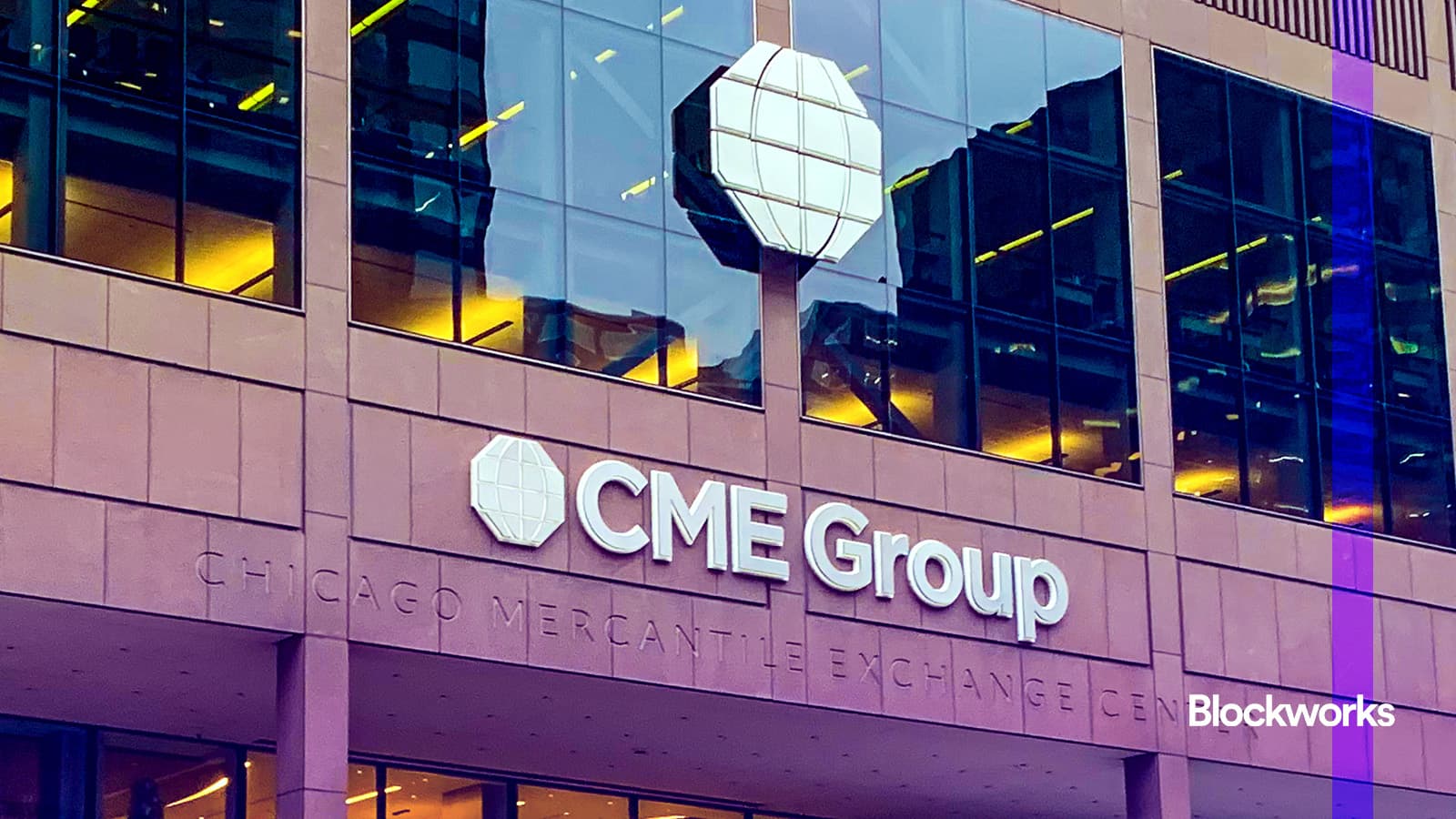Solana staking offers cryptocurrency holders a straightforward way to earn passive income while supporting one of the fastest blockchains in the industry. This comprehensive guide walks you through everything you need to know about staking SOL tokens, from understanding the basic mechanics to maximizing your returns. Whether you're new to cryptocurrency or looking to put your Solana holdings to work, you'll learn how staking rewards function, what annual percentage yields to expect, how to choose reliable validators, and the practical steps to start earning today. By the end of this article, you'll understand both the opportunities and risks involved in Solana staking, enabling you to make informed decisions about this popular method of generating crypto income.
Key Takeaways
Solana staking allows SOL holders to earn 4-7% APY by delegating tokens to validators who secure the network through Proof-of-Stake consensus.
There's no minimum requirement to start staking, making it accessible to all investors regardless of portfolio size.
Rewards are distributed automatically every epoch (approximately two to three days) and compound over time without manual reinvestment.
Choosing validators with 99% uptime and 5-10% commission rates maximizes your staking returns while supporting network decentralization.
The unstaking process takes two to three days due to the epoch-based system, so plan ahead if you need immediate access to funds.
Platforms like MEXC offer liquid staking through MXSOL tokens, providing flexibility to earn staking rewards while maintaining liquidity.
If you're new to Solana and want to understand how staking fits into the broader ecosystem before diving into the technical details, start with our beginner's guide to Solana that explains the blockchain's fundamentals, technology, and unique features.
Solana staking is the process of locking your SOL tokens to help secure the blockchain network and earn rewards in return. When you stake Solana, you're essentially voting for validators who process transactions and maintain the network's integrity. Unlike traditional mining that requires expensive hardware and consumes massive energy, staking Solana works through a Proof-of-Stake consensus mechanism that's both environmentally friendly and accessible to everyday investors.
In fact, many newcomers to Solana initially search for "how to mine Solana" before discovering that the blockchain operates on an entirely different system. If you're coming from Bitcoin or Ethereum mining backgrounds and wondering why Solana can't be mined, our comprehensive guide on why you can't mine Solana explains the fundamental differences between Proof-of-Work and Proof-of-Stake systems, along with alternative earning methods that often prove more profitable than traditional mining.
The Solana network uses a modified Proof-of-Stake system combined with an innovative Proof-of-History timing mechanism, which allows the blockchain to process thousands of transactions per second while keeping fees remarkably low. When you participate in SOL staking, you delegate your tokens to validators who run specialized nodes. These validators vote on which transactions get added to the blockchain, and their voting power increases based on how much stake they attract from token holders like you.
What makes staking Solana particularly attractive is that there's no minimum requirement to start. You can begin with as little as 0.01 SOL, making it one of the most accessible staking options in the cryptocurrency space. Your tokens remain in your control throughout the staking period, and you can choose to unstake them whenever you decide, though there's a short waiting period before they become fully available again.
The mechanics of how Solana staking works revolve around a partnership between token holders and network validators. When you stake your SOL, you're delegating your tokens to a validator of your choice. This delegation increases that validator's voting weight in the network's consensus process. The more stake a validator accumulates from delegators, the more frequently they're selected to validate new transactions and add blocks to the blockchain.
Solana operates on an epoch system, where each epoch lasts approximately two to three days. This timing framework determines when your staked tokens become active and when rewards get distributed. If you delegate tokens in the middle of an epoch, they'll show as "activating" until the current epoch ends. Once the new epoch begins, your stake becomes fully active and starts earning rewards immediately. Validators play the critical role of processing incoming transactions and voting on new blocks. They run specialized computer nodes that stay online continuously, ensuring the network operates smoothly without interruption. The Solana blockchain uses Tower BFT, a time-based Proof-of-Stake system that reduces the need for constant communication between validators. This innovation allows the network to achieve its remarkable transaction speeds while maintaining security.
When validators successfully process transactions and vote correctly, they earn rewards from the network's inflation and transaction fees. These rewards are then distributed proportionally to everyone who delegated stake to that validator, minus a small commission the validator charges for their services. The entire reward distribution happens automatically at the start of each new epoch, depositing earnings directly into your stake account where they can compound over time.
The primary benefit of staking Solana is earning consistent passive income on your holdings. Rather than letting your SOL tokens sit idle in a wallet, staking puts them to work generating returns. Current annual percentage yields typically range from four to seven percent, though rates fluctuate based on network conditions and the total amount of SOL staked across the ecosystem. These rewards accumulate automatically every epoch, creating a steady income stream that compounds when you reinvest earnings back into your stake.
By staking SOL, you actively contribute to the blockchain's security and decentralization. Your delegated tokens increase validator voting power, making the network more resistant to attacks and helping maintain its integrity. This participation strengthens Solana's consensus mechanism while supporting the ecosystem's long-term health. Every token you stake makes it mathematically harder for bad actors to compromise the network, creating a more robust infrastructure that benefits all users.
Unlike Ethereum, which historically required 32 ETH to run a validator node, Solana staking has no minimum delegation requirement. You can start with any amount that makes sense for your portfolio, even just a fraction of a single SOL token. This low barrier to entry democratizes access to staking rewards, allowing investors of all sizes to participate. Additionally, staking Solana doesn't require technical expertise or expensive hardware since you're delegating to existing validators rather than running your own node.
When you stake Solana, you're supporting the broader ecosystem's development. Solana's high transaction throughput and minimal fees have made it popular for decentralized applications, particularly in DeFi sectors like lending, trading, and borrowing. Strong staking participation ensures validators remain financially motivated to maintain excellent service, which in turn attracts more developers and projects to build on the platform. Your staking activity helps create a virtuous cycle of network improvement and adoption.
While staking offers passive income, it's important to evaluate SOL's overall investment potential, price predictions, and market risks. For comprehensive analysis of Solana's fundamentals and future outlook, explore our detailed guide on whether Solana is a good investment.
Your actual returns depend on validator performance and commission rates. Validators typically charge 5% to 10% fees, deducted before distributing earnings to delegators. A validator with 99% uptime and lower commission delivers better returns than one with frequent downtime. The total SOL staked across the network also influences yields—higher participation means rewards get divided among more participants.
Rewards distribute automatically at the start of each epoch, arriving every two to three days. These payments deposit directly into your stake account where they compound automatically, creating exponential growth over extended periods without requiring manual reinvestment.
MEXC offers the simplest entry point through liquid staking, which differs significantly from traditional staking:
Buy SOL tokens on MEXC through the exchange's standard purchasing options
Navigate to the staking page at the dedicated Solana staking section on MEXC
Stake with one click by exchanging your SOL for MXSOL tokens at the current conversion rate
Receive MXSOL instantly in your Spot wallet, representing your staked SOL position
Start earning immediately as MXSOL value increases with accumulated staking rewards
Maintain full liquidity since MXSOL tokens remain tradeable while earning rewards
Redeem when ready by converting MXSOL back to SOL partially or fully (5-day settlement period)
The key advantage is that MEXC handles all validator selection and technical management automatically. There's no activation waiting period, no need to understand epoch timing, and your capital remains liquid through the MXSOL token.
Selecting reliable validators directly impacts your staking returns. Prioritize validators maintaining at least 99% uptime, as downtime reduces your rewards significantly. Check performance history on tools like Solana Beach or Validators.app before delegating. Commission rates typically range from 5% to 10%. Balance lower fees against performance—a 7% commission with perfect uptime beats 5% with frequent downtime. The commission gets deducted from rewards before distribution to delegators.
Reputation matters significantly. Established validators maintain transparent communication, have proven track records, and often participate actively in Solana forums. The amount of stake already delegated can signal community trust.
When switching validators, you can change without fully unstaking, though a cooling down period still applies. Consider diversifying across multiple validators to reduce risk from any single validator's technical issues.
Key staking terminology explained:
Activation period: Time between delegating tokens and when they start earning rewards, lasting until the current epoch ends
Deactivation/Cooling down: Waiting period after initiating unstaking before tokens become withdrawable, aligned with epoch boundaries
Epoch: Time period lasting approximately two to three days when all stake changes and reward distributions occur
Validator commission: Percentage of rewards validators keep as payment, typically 5-10%, deducted before distributing to delegators
APY vs APR: APY includes compounding effects while APR represents simple annual rate without reinvestment calculations
Slashing: Penalty mechanism for validator misbehavior where staked funds get destroyed, extremely rare on Solana in practice
Liquid staking: Method allowing you to stake while receiving derivative tokens usable in DeFi, introducing additional smart contract risks
Monitor your staking status using Solana Explorer by searching your stake account address. The explorer shows whether your stake is active, activating, deactivating, or inactive, along with current balance and accumulated rewards.
Check validator performance every few weeks to ensure they maintain good uptime and haven't significantly changed commission rates. If performance declines, switching to a different validator improves returns.
When unstaking, initiate deactivation through your staking interface. Tokens show as "deactivating" until the epoch ends, then transition to "inactive" for withdrawal. The entire process completes within two to four days depending on epoch timing.
Keep detailed tax records since staking rewards typically constitute taxable income, documenting dates, amounts, and fair market values for accurate reporting.
Staking Solana involves several important risks. Validator performance risk means if your chosen validator experiences frequent downtime, your rewards diminish. Poor performance doesn't risk your principal on Solana, but it reduces earnings during suboptimal operation periods. Regular monitoring allows switching to better-performing validators when necessary.
The unstaking delay creates liquidity constraints. The two-to-three-day cooling down period prevents immediate access to funds during volatile market conditions when you might want to react quickly to price movements. Consider keeping some SOL unstaked if you need potential immediate access.
Price volatility significantly affects staking returns. While you might earn 7% APY in SOL terms, if SOL's price drops 20%, your real returns in fiat currency become negative. Staking works best as a long-term strategy for those believing in Solana's fundamental value.
Smart contract risks apply when using liquid staking protocols or third-party platforms. Additional technology layers introduce potential vulnerabilities from code bugs, exploits, or protocol failures. Stick with well-audited solutions to minimize these risks.
Regarding slashing on Solana, this risk remains minimal in practice. While validators could theoretically have stake destroyed for malicious behavior, it's not automatic and rarely implemented. Choosing reputable validators essentially eliminates this concern for delegators.
Solana staking differs substantially from Ethereum staking in several key aspects. Ethereum requires 32 ETH to run a validator node, which represents a significant capital requirement. Solana has no minimum requirement for delegation, making it accessible to investors of all sizes. Ethereum's staking yields currently hover around 2.87% to 4% APR, slightly lower than Solana's typical 4-7% range. However, Ethereum benefits from being the largest Proof-of-Stake network with extensive DeFi integration and institutional adoption.
The technical requirements also diverge significantly. Running an Ethereum validator demands continuous uptime and more robust hardware specifications. Solana delegators simply choose existing validators without needing any technical expertise. Ethereum's finality time—the duration before a transaction is considered permanent—takes longer than Solana's near-instant finality, though this rarely impacts staking rewards.
Cardano offers another interesting comparison point. ADA staking provides yields around 2.44% to 4.5% APR, generally lower than Solana. However, Cardano features no lock-up periods at all—you can unstake and access your tokens immediately without any cooling down phase. This instant liquidity represents a significant advantage over Solana's epoch-based activation and deactivation system.
Cardano's delegation model spreads stake across over 3,000 community-run pools, creating high decentralization. Solana maintains hundreds of validators but with somewhat more stake concentration among top performers. Both networks allow you to switch validators without unstaking, though Cardano's immediate access gives it an edge for users prioritizing flexibility over yield maximization.
Solana's staking proposition combines reasonable yields with supporting one of the fastest and most scalable blockchains in the cryptocurrency space. The network's ability to process thousands of transactions per second with minimal fees makes it attractive for real-world applications. Transaction finality happens in seconds rather than minutes, creating a smoother user experience across the ecosystem.
For investors balancing yield, accessibility, and ecosystem growth potential, Solana staking presents a compelling middle ground. It offers higher returns than Ethereum and Cardano while maintaining a simple delegation process. The two-to-three-day unstaking period provides more flexibility than some networks while still protecting against rapid stake movements that could destabilize consensus.
Optimize your Solana staking returns with these strategies:
Choose reliable validators with proven track records and review performance metrics monthly to ensure consistent uptime above 99%
Monitor commission rates because small differences compound significantly—5% versus 10% translates to substantial differences over time
Compound your rewards by periodically reinvesting accumulated earnings into additional stake accounts for exponential growth
Diversify across validators by splitting stake among three to five high-quality options to reduce single-point-of-failure risks
Stay informed about network changes through official Solana channels to adjust strategy proactively before protocol updates impact returns
Keep detailed records documenting each reward payment with dates, amounts, and fair market values for accurate tax reporting
Staking is just one way to participate in the Solana ecosystem. For a complete overview of Solana's technology, market position, ecosystem, and future developments, explore our comprehensive Solana guide for beginners that covers all aspects of this revolutionary blockchain.
1. What is the minimum amount to stake Solana?
There is no minimum requirement for delegating SOL tokens to validators, though exchanges may set their own minimums.
2. How long does it take to unstake Solana?
The cooling down period typically lasts two to three days, aligned with epoch boundaries.
3. Is staking Solana safe?
Staking through reputable validators and platforms is generally safe, though price volatility and validator performance risks exist.
4. Can I lose my SOL when staking?
Your principal remains secure when delegating to validators, though poor validator performance reduces rewards.
5. How often are Solana staking rewards paid?
Rewards are distributed automatically at the start of each epoch, approximately every two to three days.
6. What is Solana staking APY currently?
Current yields typically range from 4% to 7% APY depending on network conditions and validator performance.
7. Does staking Solana compound automatically?
Rewards remain in your stake account and continue earning, effectively compounding without additional action required.
8. How does Solana staking work?
You delegate tokens to validators who use your stake to vote on transactions and earn rewards that get distributed proportionally.
9. What are the risks of staking Solana?
Primary risks include validator performance issues, unstaking delays, and SOL price volatility.
Solana staking provides an accessible pathway for earning passive income while supporting one of the cryptocurrency industry's most innovative blockchain networks. With annual yields typically ranging from 4% to 7%, no minimum delegation requirements, and a straightforward process, staking SOL offers an attractive option for long-term holders looking to put their tokens to work. The key to success lies in selecting reliable validators with strong uptime and reasonable commission rates, understanding the epoch-based timing system, and maintaining realistic expectations about both rewards and risks.
Whether you choose MEXC's liquid staking service or use non-custodial wallet solutions for maximum control, starting small and learning the process firsthand remains the best approach. As you become comfortable with how Solana staking works, you can scale your participation and optimize your strategy over time. The combination of competitive yields, active ecosystem development, and improving infrastructure makes Solana staking a compelling consideration for cryptocurrency investors planning to hold SOL for extended periods. 

